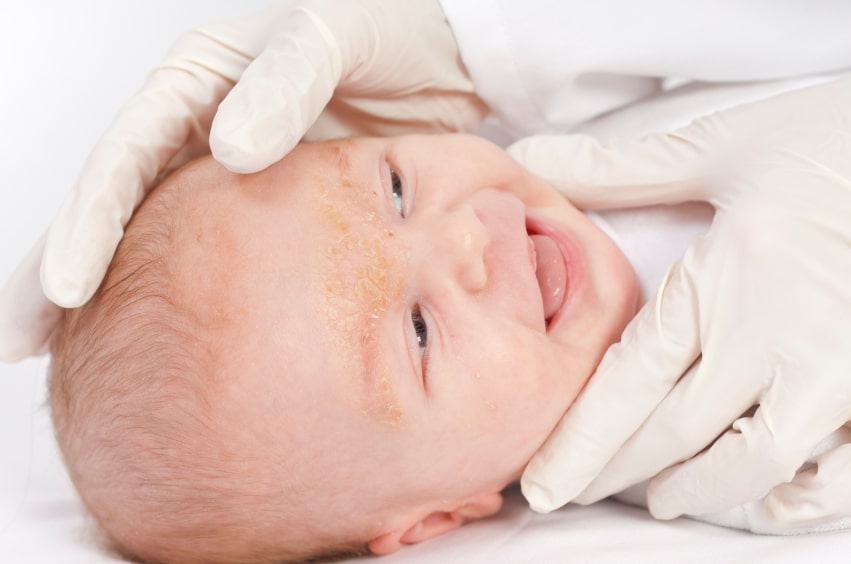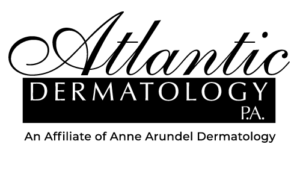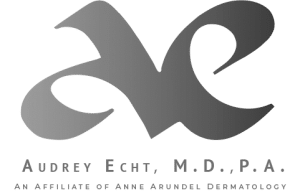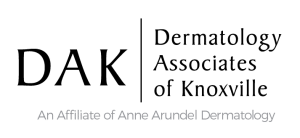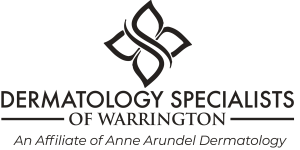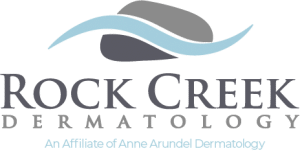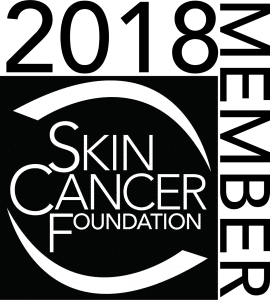As parents, it is always unnerving when rashes or blemishes appear on your baby. To help better understand some common skin conditions and how to diagnosis them, we have put together a resource guide for you.
Baby acne
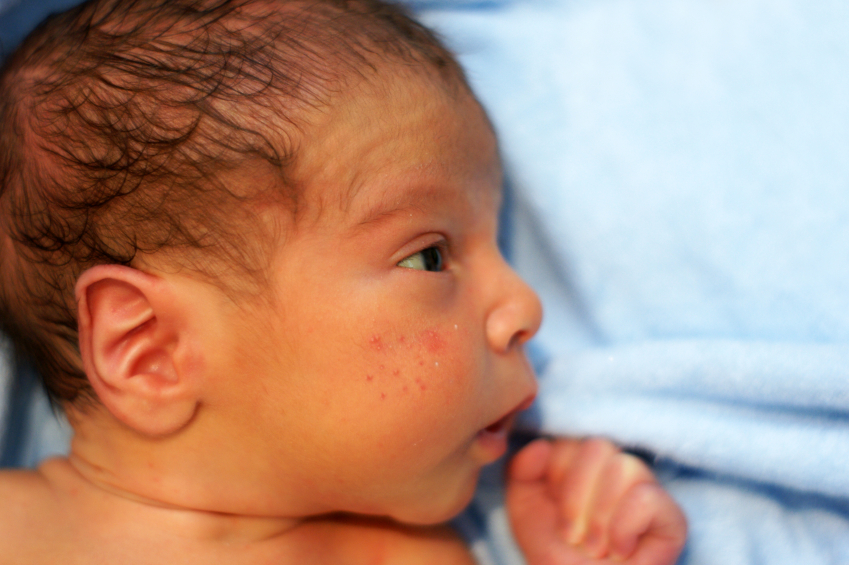 Baby acne is very common and it usually is present at birth or develops between 2-4 weeks of age. Baby acne looks similar to teenage acne. You’ll see small white or red pimples that may be surrounded by reddish skin. It usually shows up on the cheeks and sometimes on the forehead, chin and the back. The acne can become more pronounced when your baby is hot, fussy, if spit-up milk or fabric irritates the skin.
Baby acne is very common and it usually is present at birth or develops between 2-4 weeks of age. Baby acne looks similar to teenage acne. You’ll see small white or red pimples that may be surrounded by reddish skin. It usually shows up on the cheeks and sometimes on the forehead, chin and the back. The acne can become more pronounced when your baby is hot, fussy, if spit-up milk or fabric irritates the skin.
Baby acne typically clears up within a few weeks, but it can linger for months. If you do not see improvement after three months, contact us for an appointment.
Cradle cap
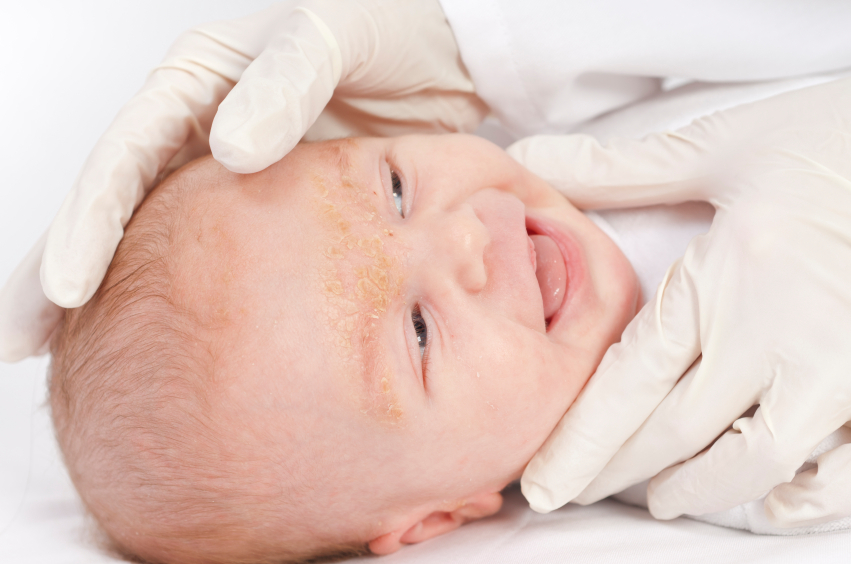
If you notice that your baby has flaky, dry skin that looks like dandruff or yellowish crusting patches, it is most likely cradle cap. Don’t worry, it is harmless. Cradle cap shows up most often in the first few months of life and typically clears up on its own in approximately six to 12 months.
The cause is unknown, but it has been confirmed that it is not due to poor hygiene or allergies. Some experts believe that the hormones a baby receives from their mother over stimulates the oil-producing glands. You don’t really need to do anything, but if it bothers you try shampooing more frequently or gently massaging the baby’s scalp to loosen the scales.
Eczema
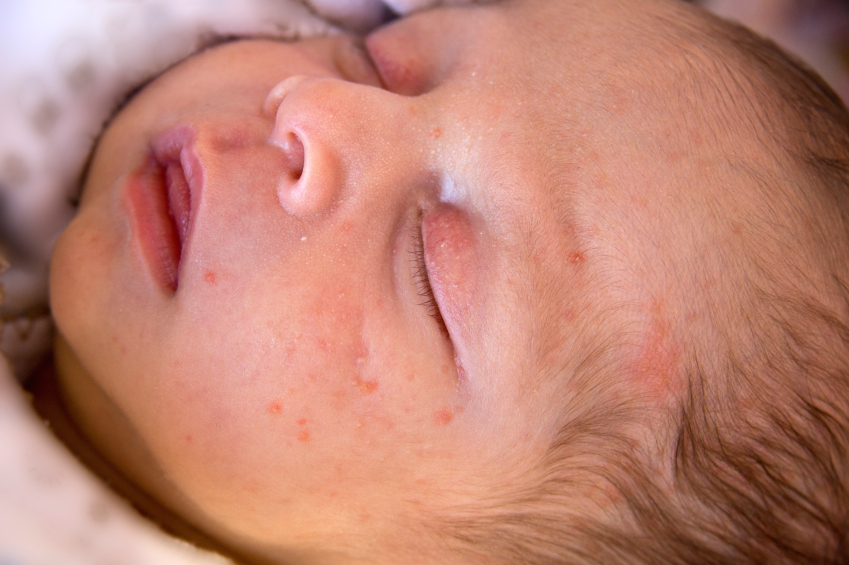
Also known as dermatitis, this condition is common during the first year of a child’s life. Dry and scaly patches are likely to appear on the scalp, forehead, and cheeks. No matter where it appears, eczema is often very itchy. Infants may rub their skin against bedding or carpet to relieve the itch.
Intense scratching can lead to infection so it is important to understand how to take care of the skin. A treatment plan usually includes medicine, skin care and lifestyle changes.
When eczema develops in infants or young children, the condition tends to improve over time, and sometimes it completely disappears by age 2. Only about half of children who get eczema will have it as an adult, and at that time it is usually milder with age.
Roseola
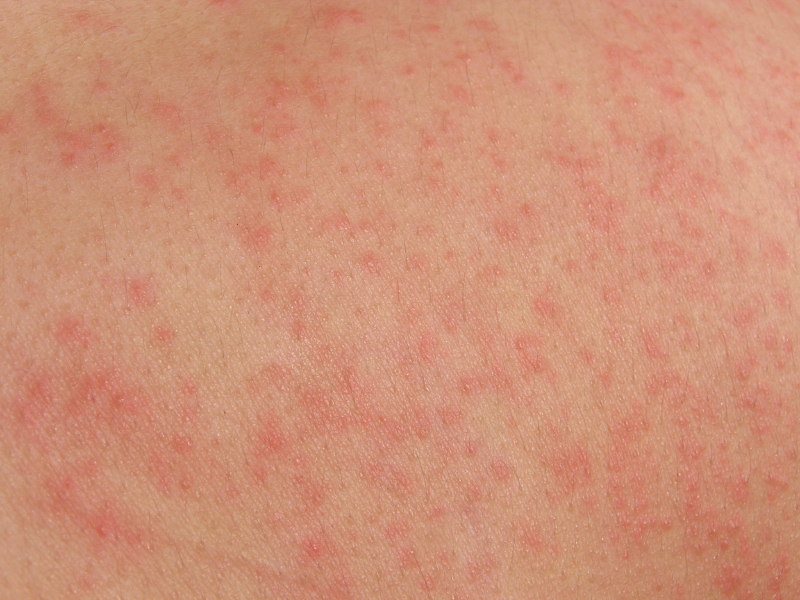 Roseola is a generally mild infection that usually affects children by age two. It typically starts with a sudden, high fever – often greater than 103 F. Some children may also have a slight sore throat, runny nose or cough. Once the fever subsides, a rash typically appears – but not always. Other symptoms include fatigue, irritability, mild diarrhea, decreased appetite and swollen eyelids.
Roseola is a generally mild infection that usually affects children by age two. It typically starts with a sudden, high fever – often greater than 103 F. Some children may also have a slight sore throat, runny nose or cough. Once the fever subsides, a rash typically appears – but not always. Other symptoms include fatigue, irritability, mild diarrhea, decreased appetite and swollen eyelids.
You should call your child’s doctor if they have a fever greater than 103 F, if the fever lasts more than seven days or if the rash doesn’t improve after three days.
Our practice offers dermatologists that specialize in the treatment of children. If you are interested in getting more information about pediatric dermatology or if you want to make an appointment, contact us.
